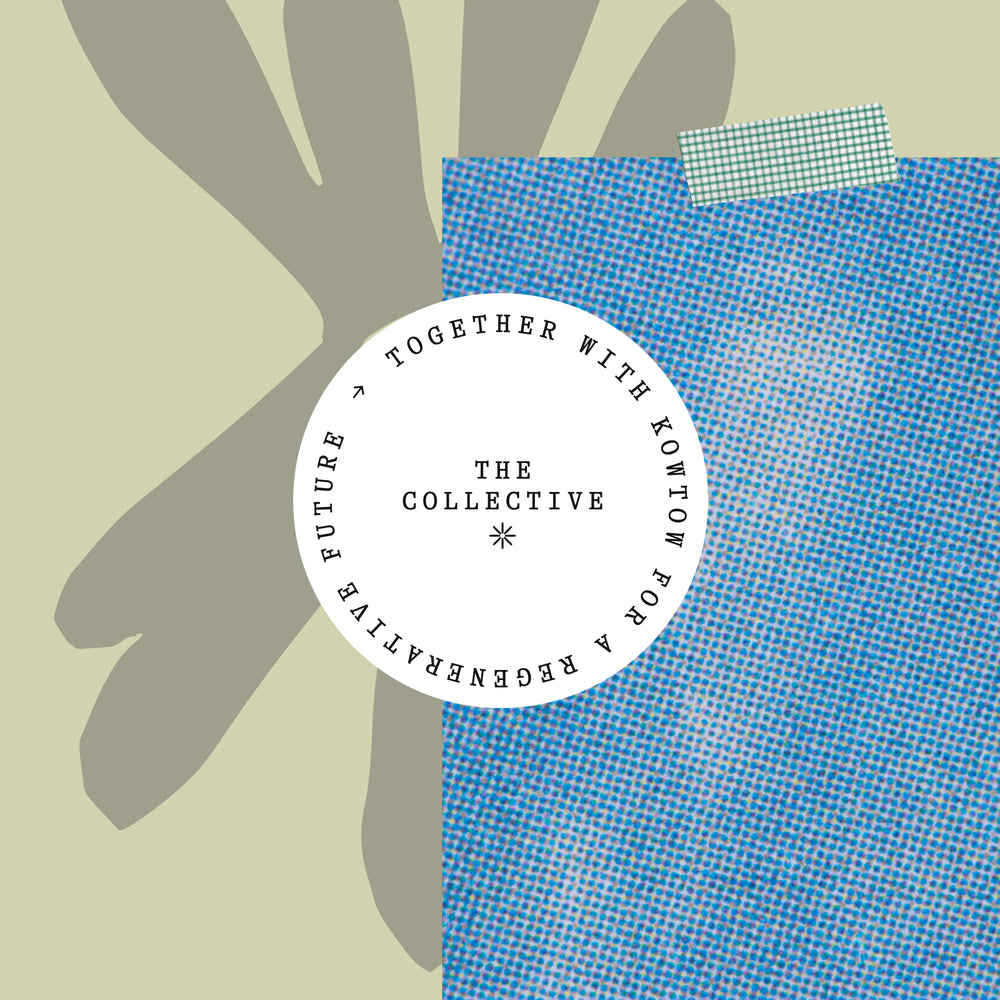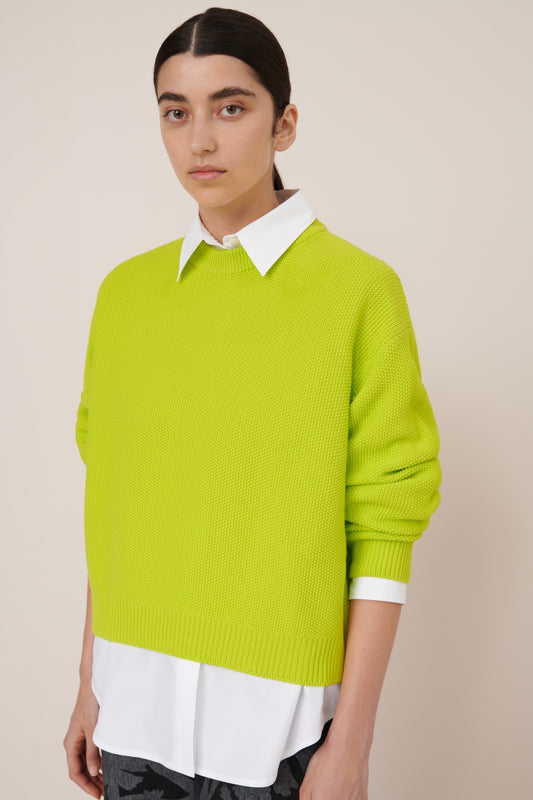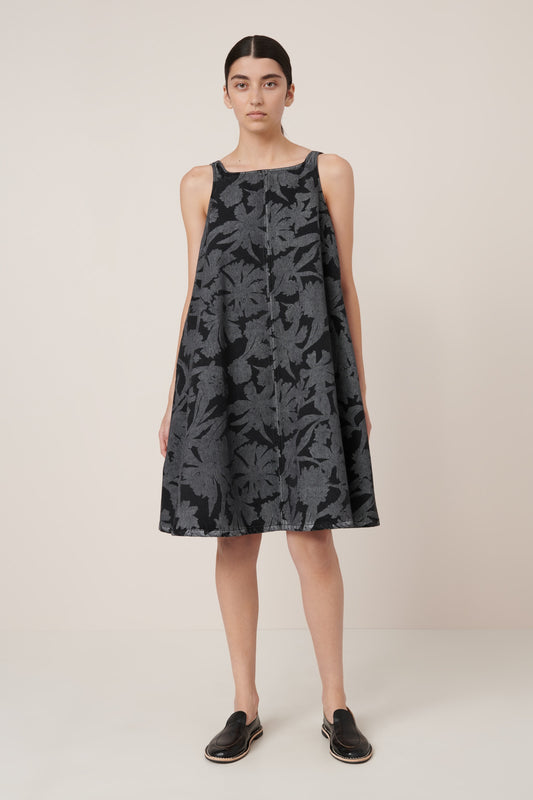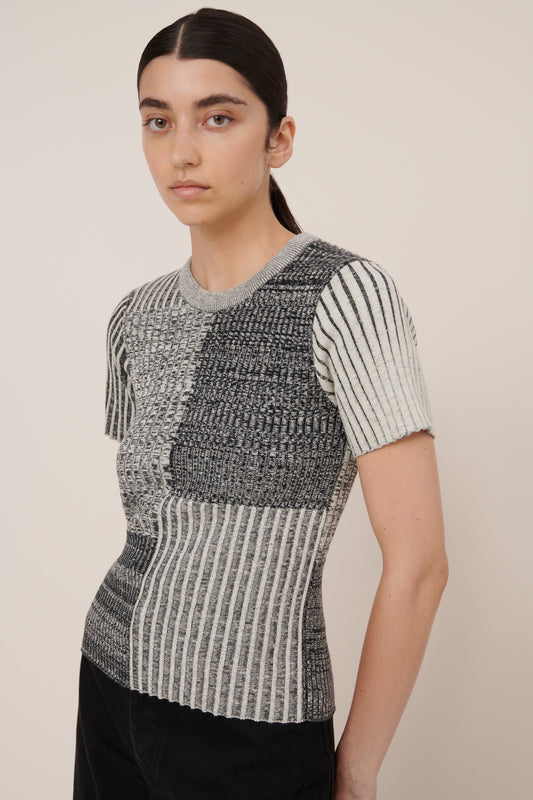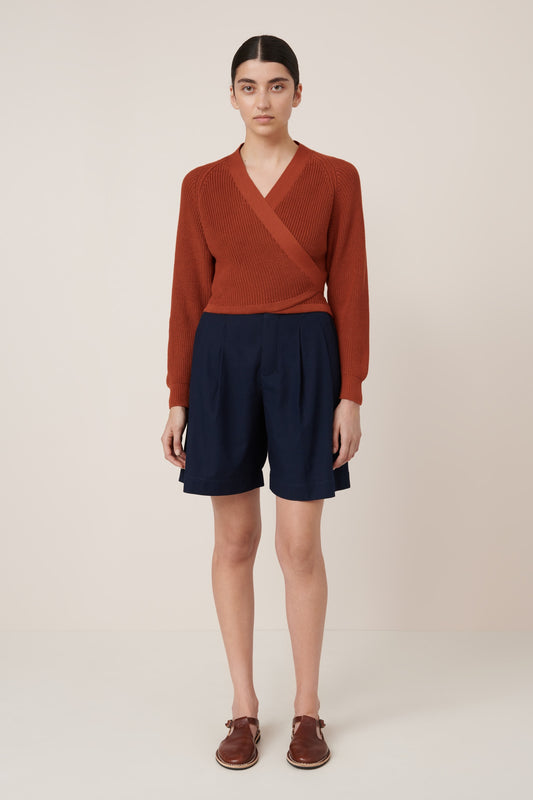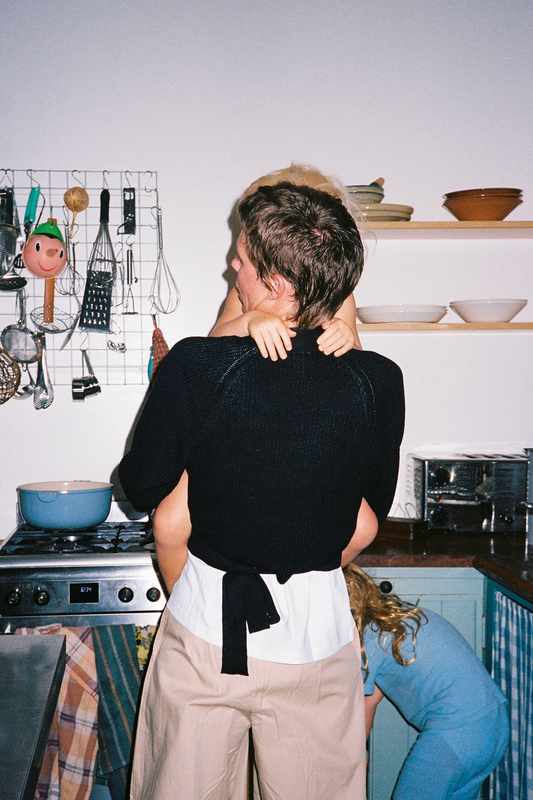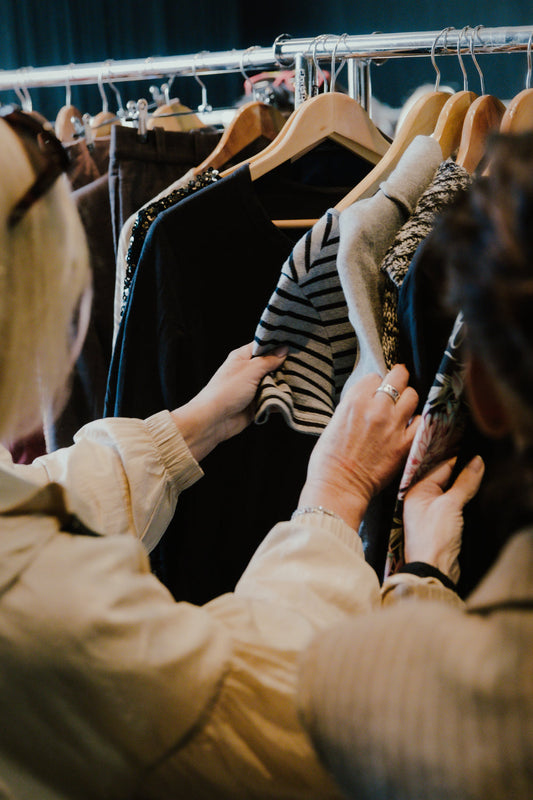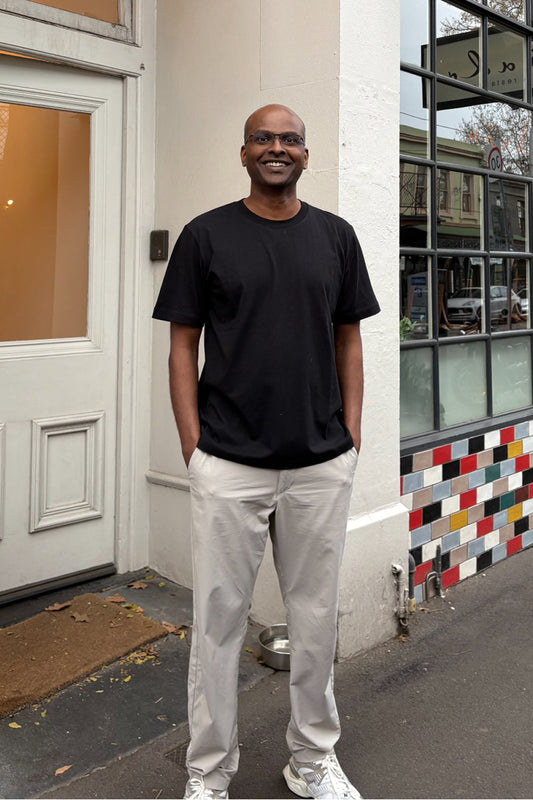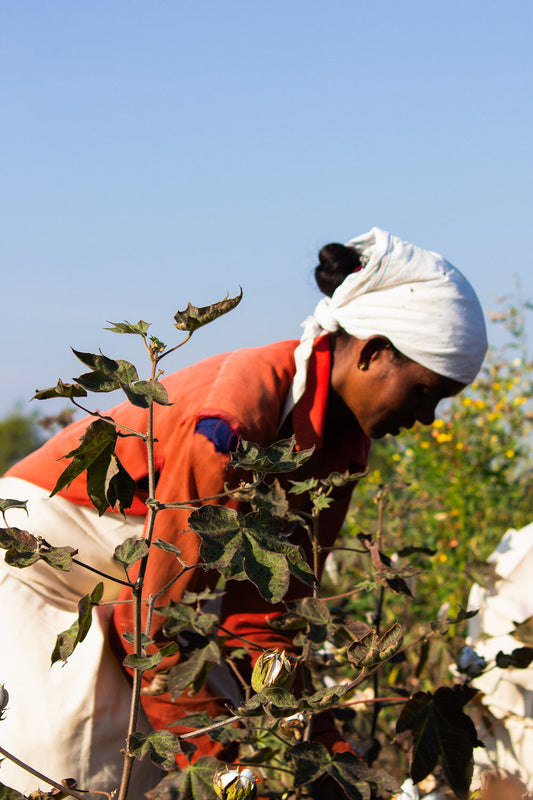
At The Social Studio in Naarm/Melbourne, fashion is more than fabric and form — it’s a language of belonging. Since 2009, the not-for-profit has woven together education, creativity and community to create meaningful pathways for people from refugee and migrant backgrounds.
In this conversation with CEO Dewi Cooke, educator Seren Paing and mender Celina Samarakoon, we explore how the act of making clothes can also make change. Because at its heart, The Social Studio is about people coming together to create something hopeful, tangible and deeply human.
The Social Studio is a beautiful hybrid of fashion, education and community - how did it first find its shape?
Dewi: The Social Studio began in 2009 in a small shopfront on Smith St in inner-city Collingwood. It was started by curator and art academic Grace McQuilten, who had been working in Melbourne’s then-fledgling social enterprise sector and came up with the idea of creating a social enterprise fashion label to support young people from refugee backgrounds to engage with education and work.
She was supported by Melbourne’s independent fashion and design community, as well as an assortment of educators, community workers and others inspired by her vision – many of whom are still involved with The Social Studio to this day.
RMIT came on early as our education partner, allowing us to deliver its Cert III in Apparel, Fashion & Textiles, which still remains our core education programme after 16 years.

You work in a model that reimagines the fashion industry rather than just "fixing" it. Why is that important?
Dewi: At its heart, The Social Studio is a community organisation. We have a fashion label, we make clothes and we teach people how to make clothes, but fundamentally our work is to create belonging, understanding and opportunity.
We believe that fashion can play an important role in this – we all have clothes, fashion is all around us. So we believe that the industry should reflect the community it serves.
That’s why, rather than "fixing" the industry (which is a huge and difficult beast to command), we try to lead with best-practice approaches to sustainability, social justice and responsibility, in the hope that others can see that change is possible, however small you are.
The Studio works across so many streams - from the label to the school to the hub. Can you talk about how those different parts connect and what holds them all together?
Dewi: We have three large umbrellas for our work: TSS School (our Cert III, traineeships and work experience programs), TSS Brand (our retail, manufacturing and mending work) and TSS Create (creative projects and community arts initiatives).
Our school and Cert III are the heart of our work – we have between 10–15 students studying with us at any given time over a two-year period. But we are always looking at ways to give students exposure to other parts of our organisation, as well as recruiting people from other refugee communities into our work who may not be eligible for our Cert III or may have different priorities.
This means that some might go on to our paid traineeship program, Work2Learn, giving them valuable experience within manufacturing and retail, or are offered work experience within our mending team or our creative projects.
Some stock products in our shop, while others are supported into work in other industries, working with our Student Pathways Coordinator to set goals that suit their ambitions and, importantly, their lives.


Can you talk about the relationship between making clothes and making change? Why is fashion such a powerful tool for community and education?
Seren: Fashion relies on an industry of makers, thinkers, and creators to produce the clothing that we all wear. These communities are vital to our everyday lives, our economies, and our sense of belonging. It’s so easy to take the production of clothing for granted, as many people today are disconnected from the communities that make it. Clothing protects us, nurtures us, and allows us to express who we are.
To make clothing is an act of care inherently. Bringing it right back to our own hands allows us to see how much knowledge, time, and care has gone into making a simple T-shirt — and allows us to revalue fashion and clothing. Another thing I want to point out is that the process of making is what creates the industry, so the more we value that process, the better our industry becomes.
Celina: The relationship between making clothes and making change is deeply rooted in history. Fashion has long been used as a tool for resistance, identity, and storytelling — where clothing carries messages that words sometimes cannot. Fashion and textiles are powerful tools for community and education because they are universal. Everyone wears clothes, and everyone interacts with textiles daily. Behind every piece of clothing, there are countless hands, histories, and cultures involved in its creation.
This shared experience offers an entry point for dialogue, learning, and connection. From the farmers to the weavers and machinists, fashion connects people across time and place. It invites us to think about labour, sustainability, culture, and creativity all at once.


Over the years, you’ve seen graduates carve out their own creative paths. How does it feel to watch that ripple of connection carry forward into new communities?
Seren: It creates hope! Being in an environment where skills and stories are shared feels very natural and human. To be together, to respect one another and to create together is so nourishing – for me personally and for the students also.
Graduation, though full of celebration, can be bittersweet. Many students have gone in different directions through their studies at The Social Studio – some branch out into adjacent creative disciplines through connections formed at the studio, or continue on for further education.
There is no predetermined path or outcome that we try to achieve necessarily, which I think is important. This allows students to create their own futures and determine for themselves how they’d like to move.
We’ve had students set up their own workshops, apply for grants and create for their own communities, while still maintaining a connection to the studio.
The small acts of connection daily aren’t trivial – they mean everything.
At its heart, The Social Studio is about people coming together. What does ‘togetherness’ mean to you in this moment?
Dewi: It means caring for one another, taking an interest in each other’s lives and encouraging each other to be brave, even when the choices are hard. Also, laughter!
Celina: Togetherness to me is about connecting, sharing, and genuinely caring for one another. It means being there for each other and embracing people from all walks of life. Togetherness involves showing compassion, even when we don’t fully understand someone’s situation. It’s about empathising, listening, and taking the time to slow down, be present, and share space with others.
Seren: Togetherness to me is hope, resisting isolation, slowing down and caring for each other. It is to be there for the people around you while embracing your own desires and needs. It means standing up for what's right and affirming that many small acts make a meaningful difference.

Learn more about the Social Studio here
Images and video by Brett Walker